As it gradually transitions from a few dozen stores to a national brand, Foxtrot looks to be handling its growth with grace as it works on optimizing delivery, pick-up, and in-store experience.
In a short presentation at RetailSpaces in Miami Beach, Foxtrot’s President and CFO, Liz Williams, shared more about the convenience store chain’s unique approach to physical retail and how its hospitality and community-driven spaces power its e-commerce business.
Foxtrot: Many Things Rolled Into One
A hip convenience store and breakfast-to-dinner café, Foxtrot is thoughtfully expanding from its base in Chicago, already opening locations in Washington DC, and surrounding areas (Bethesda, MD/Alexandria, VA), Dallas, as well as Austin locations coming soon. Williams explained that slow, deliberate expansion into new markets is the name of the game.
What sets Foxtrot apart is how the concept is a rethink of the corner store. A major component of this is its emphasis on omnichannel capabilities. Via an app, customers can select items from Foxtrot's entire inventory and have them delivered in under an hour.
“If you walk in our four walls today, 30-40 percent of our stores are a market. Then 20-30 percent is a café, and the remainder is grab-and-go. It’s a store. It’s an app. It’s a store in an app,” Williams explained.
For those that don’t live within the near vicinity of a Foxtrot—yet—the company’s online Ship Shop allows purchases of select items for delivery within two to three days.
In fact, Foxtrot is a digitally native retailer. The Canadian multinational tech company Descartes Systems Group, Inc. launched Foxtrot in 2014 as a delivery-only operation. In 2016, Foxtrot moved into stores. Today, it’s “an omnichannel corner store powered by on-demand delivery,” Williams said.
Foxtrot also seeks to differentiate itself through a unique approach to product curation.
“We provide a fun, light environment designed for food people,” said Williams, adding that Foxtrot works to combine well-known, high-end brands with more minor, frequently local, brands that meet their high standards. “We have best-in-class brands, some that you know and some that you don’t. And we’ve leaned into our private label brand and are having fun developing them,” she stressed.
In order to hone its selection of products, Foxtrot staff taste-test hundreds of products across many categories—from wine, beer, coffee, snacks, and prepared foods, to ice cream and other desserts—to find the finest offerings in each category across multiple price points.
“We like to champion the little guy. On our shelves, you’ll have a box of Lucky Charms, but you’ll also have a box of (a lesser-known family brand) Three Wishes, plus our private label.”
Staying Distinctive Despite the Growth
“We pride ourselves on the beauty of our stores, and up until the last couple of months, the majority of our stores were very ‘bespoke,’” Williams emphasized, adding, “How do we keep that custom look and feel as we develop a template?”
Introducing more of a streamlined design and development approach is inevitable at a certain stage of any retailer’s growth. Williams acknowledged the difficulty of doing this, while also honoring the “beautiful soul of store.” Foxtrot will continue to push creativity and originality in the front-of-house, she said, but are finding ways of standardizing other aspects of their stores as expansion continues.
“More than anything, a template is important when you’re doing back-of-house. With training, it is better to have one training system. If you have your back of house laid out in 18 different ways, it’s impossible to train new team members.”
She advises ambitious retailers to always consider the needs of operators when designing new spaces. “If you don’t design your store to have a really good team member experience, you will be challenged to have a great customer experience.”
Foxtrot’s design team is also learning to adapt to different markets with varied shopping habits and climates. “Foot traffic is much stronger in Chicago, for example than in Dallas, especially during the summer,” Williams said.
She also outlined their focus on maintaining Foxtrot’s role as a “third place” (after home and office) where people meet for coffee, business lunches, and, frequently, first dates during the late afternoon and evening. The store shifts with the changing needs of guests, Williams said: “As they say, we sweat the assets all day long.”
Design and Convenience, Not Discounting
Williams elaborated on Foxtrot’s approach to building a loyal customer base—one that doesn’t involve coupons and ubiquitous discounts.
“We’re not doing any of that (discounts and coupons) in our strategy,” she said. “Instead, our marketing strategy is to get consumers into the store. They have a great experience, download the app, and become part of our ecosystem.”
Williams pointed out, “Once you have a customer in the omnichannel world, they’re a stickier, more profitable customer over time.”
Rather than offering coupons or new-member discounts, Foxtrot finds other ways of offering value via its Membership Program. “The wonder of it is free coffee and free delivery, which members really love. It’s also about being in the know about all the new wines, treats, and co-partnerships we’re doing,” she said.
Williams also stressed that being able to offer a seamless omnichannel experience depends on a commitment to constantly evolving those capabilities. Since transitioning from an online-only retailer, there have been a lot of lessons to learn around how customers interact with the brand.
“Awareness is the name of the game. While we had e-commerce from the beginning, we didn’t talk about delivery in the stores,” Williams said, explaining they’ve since added clear, precise messaging. “Sales go up when you literally spell things out. We don’t want our windows to look like a NASCAR race, but just adding the word ‘Delivery’ has helped boost sales.”

Posted by
Physical Retail Reimagined.
RetailSpaces is a community for store development and design innovators.
Sept 15-17, 2024 | Scottsdale, AZ
Learn More!
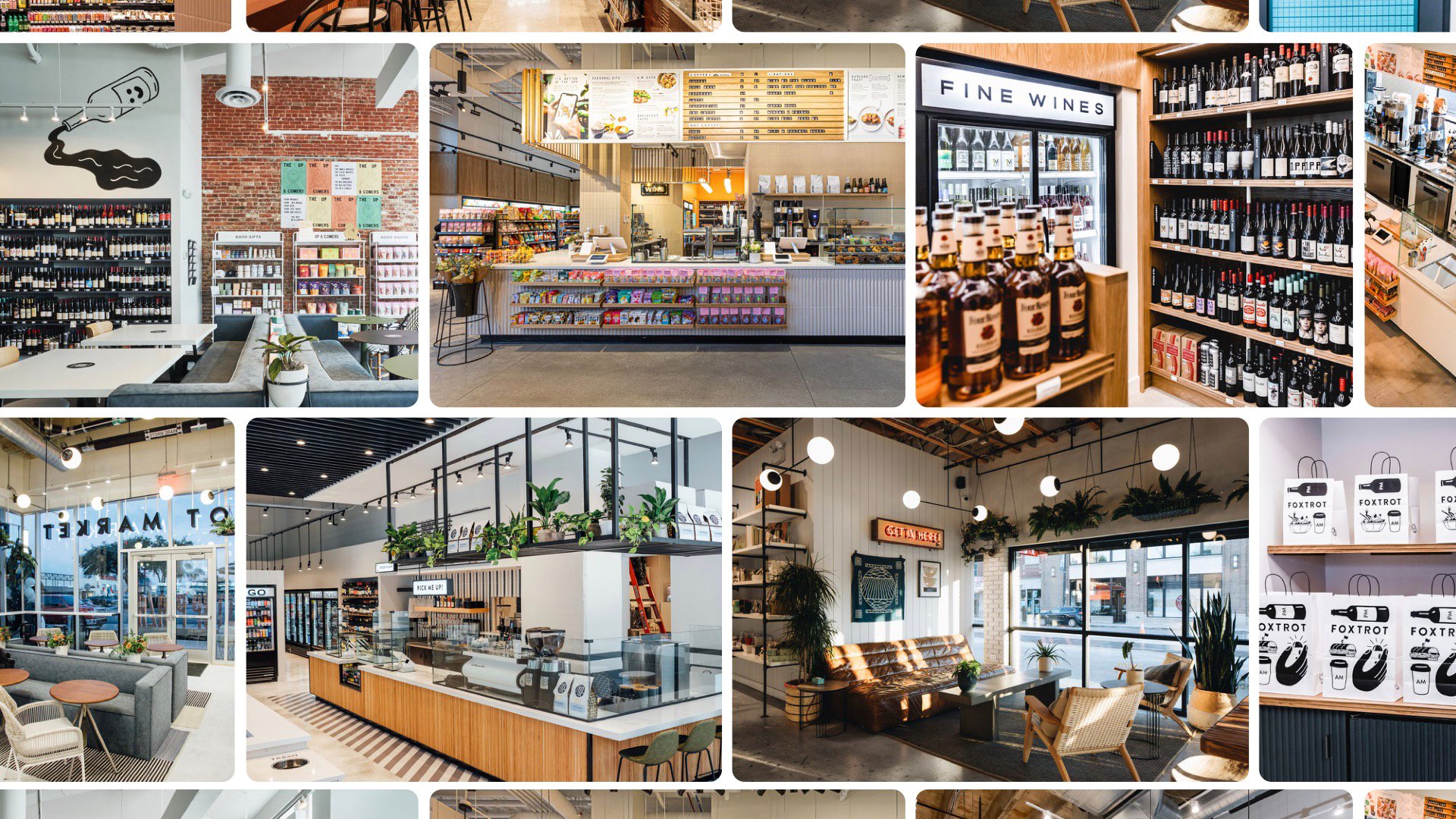

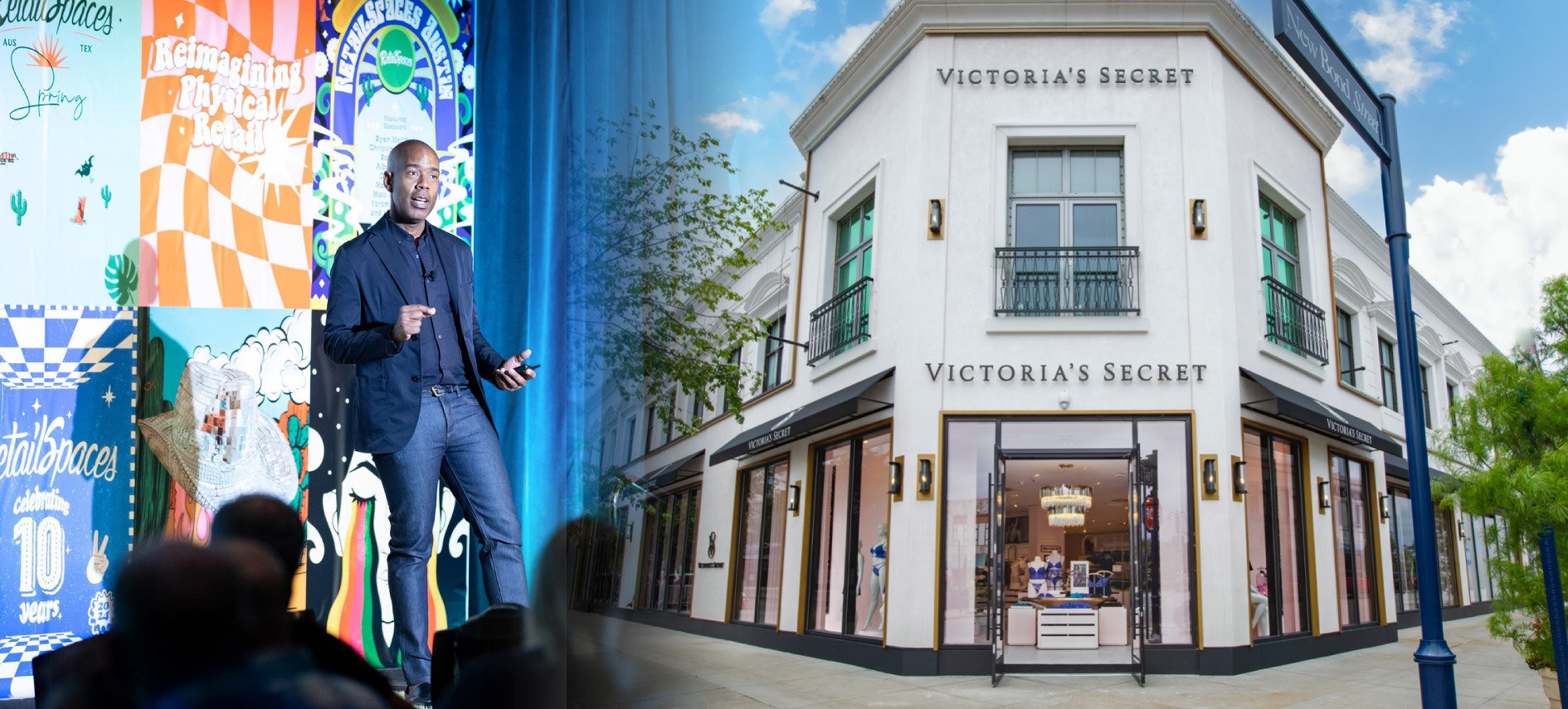
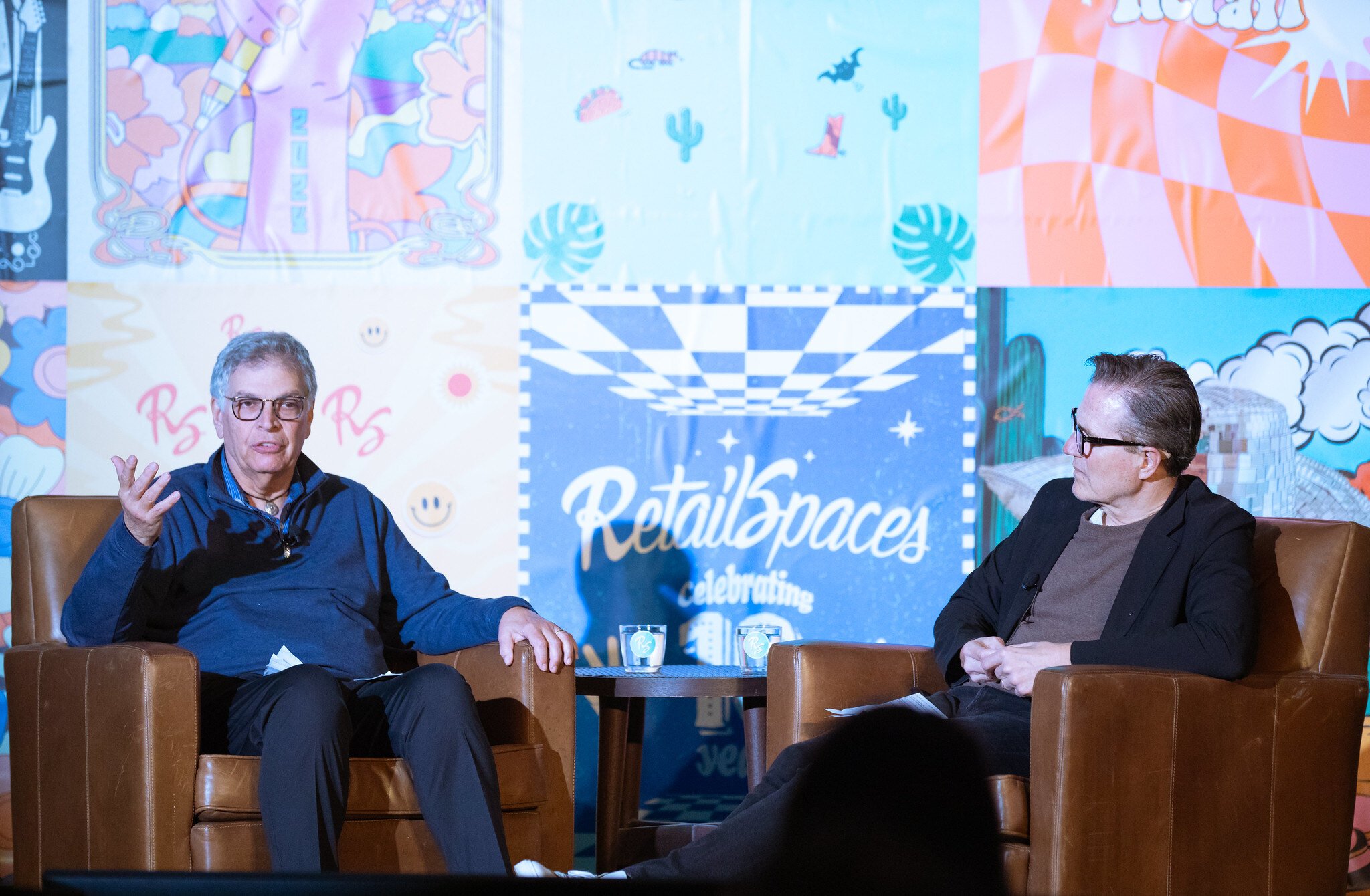

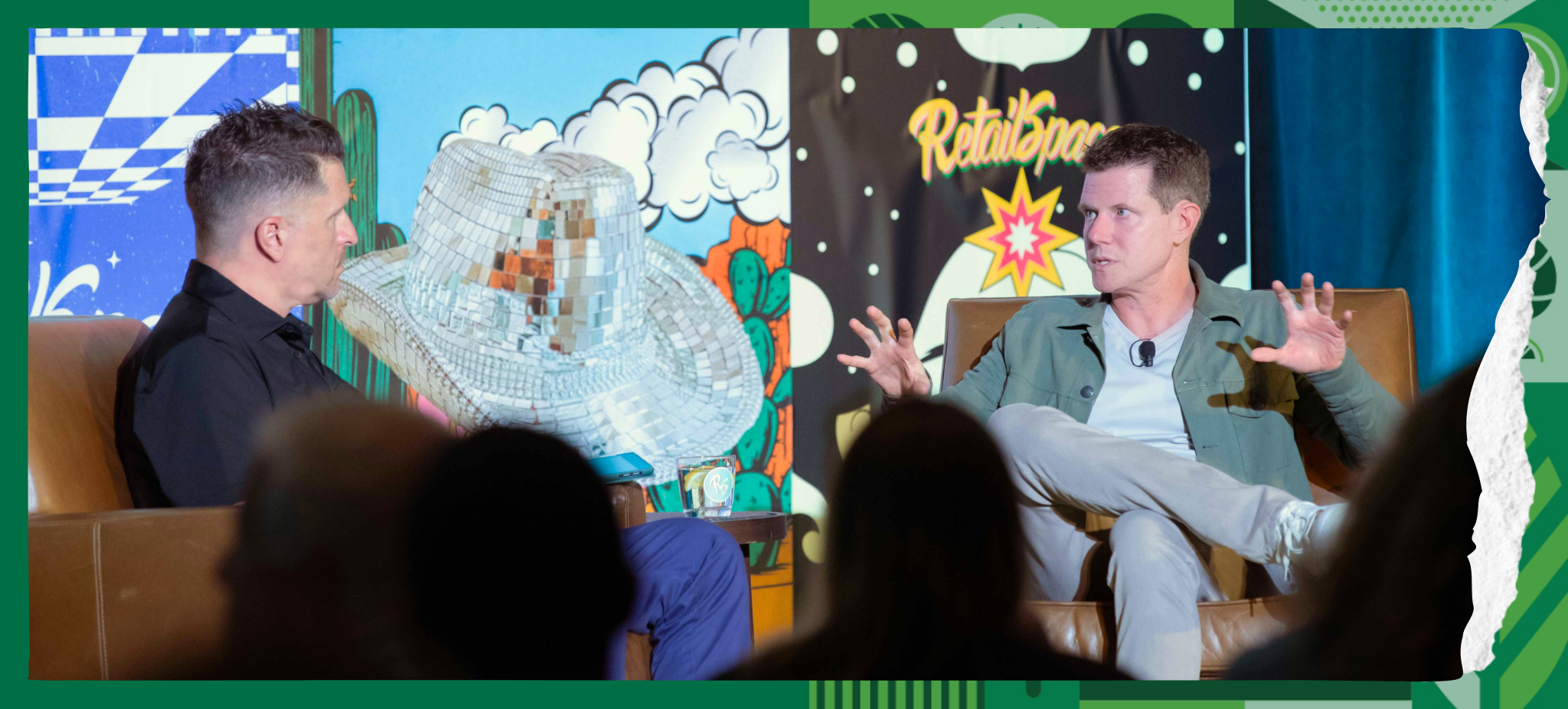
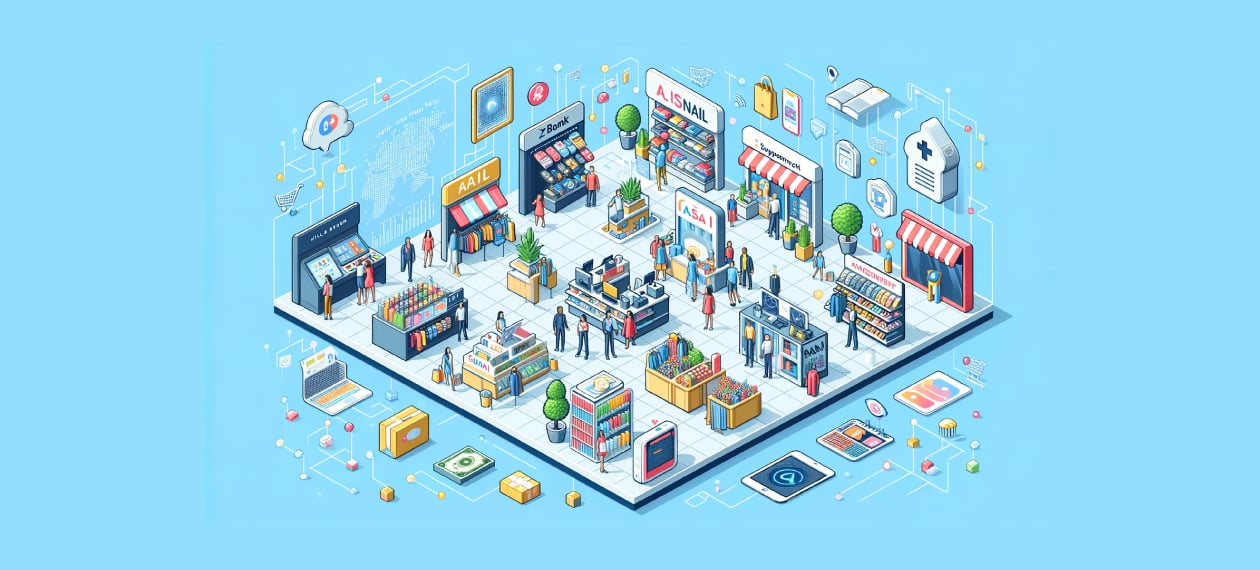

Comments